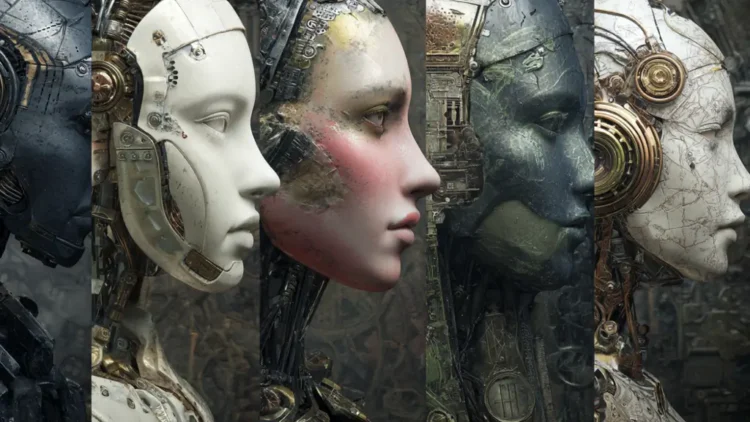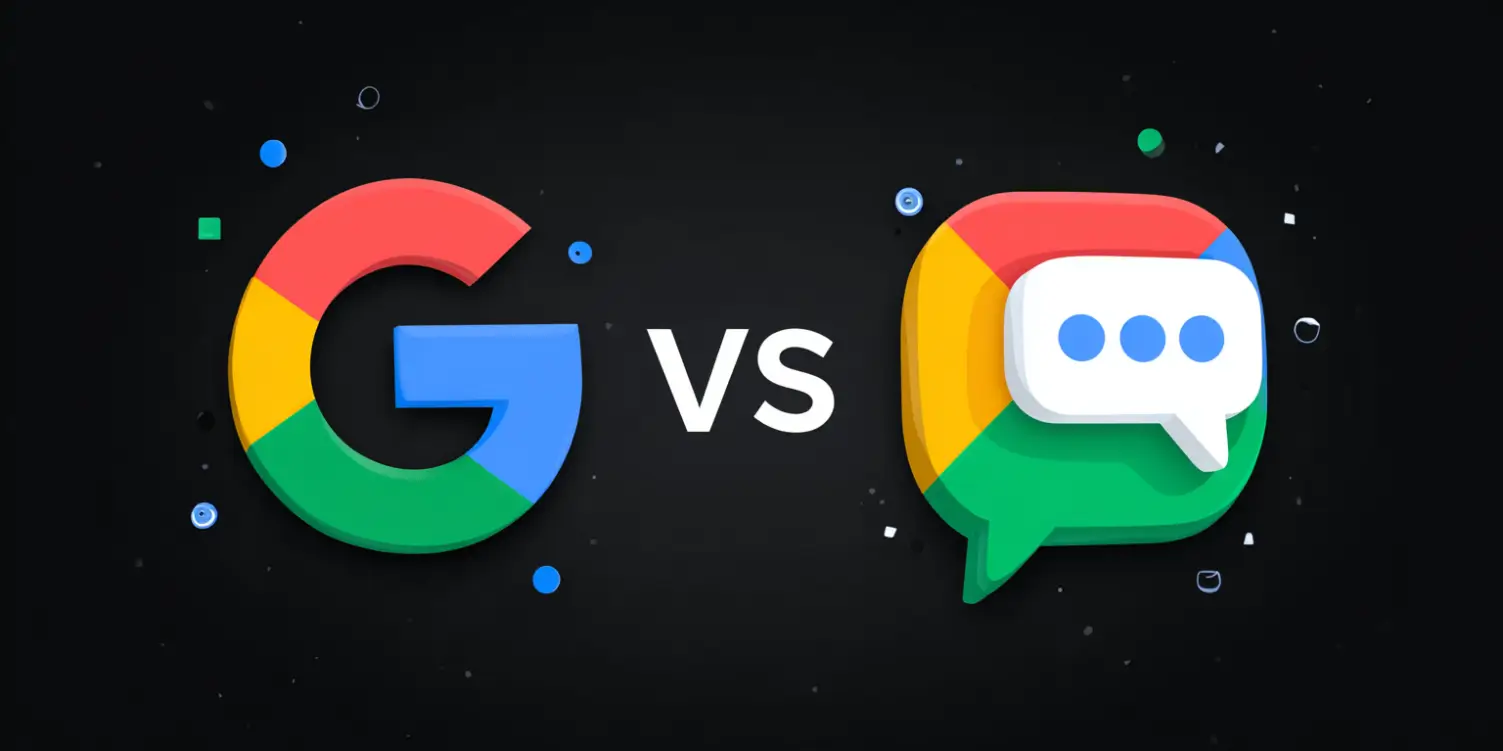In recent years, Artificial Intelligence (AI) has slowly been woven into the fabric of our daily lives. From virtual assistants like Siri and Alexa to recommendation algorithms on Netflix and Amazon, AI is quietly becoming part of the infrastructure that supports our modern world. However, despite its pervasive presence in various sectors, the field of education appears to be lagging behind in integrating this powerful technology into its core operations.
Understanding AI as Infrastructure
It might be useful to first understand what it means for AI to become infrastructure. In simple terms, when AI is seen as infrastructure, it means it is a foundational system upon which other systems and processes are built. Just like roads and electricity, AI is becoming one of those invisible forces that drive efficiency, accuracy, and convenience in various fields. It can help in managing large sets of data, automating routine tasks, and providing personalized experiences.
The Potential of AI in Education
The education sector is ripe with opportunities for AI integration. From personalized learning plans to automated grading systems, AI can significantly reduce the workload of educators and allow them to focus on more interactive and engaging teaching methods. For instance, AI can analyze a student’s learning pattern and suggest topics they might find challenging, thus allowing teachers to provide targeted support for each student.
Consider automated grading systems. Currently, teachers spend countless hours grading papers and tests, which could be better spent developing teaching strategies or interacting with students. An AI system can handle this task efficiently, providing consistent and unbiased grades and freeing teachers to focus more on student engagement and enrichment. Additionally, AI can help in creating interactive and adaptive learning tools that adjust the difficulty of the content in real-time based on a student’s progress.
Why Education Hasn’t Caught Up
Despite these advantages, the education system hasn’t fully embraced AI technology yet. One of the reasons could be the lack of awareness or understanding of AI’s potential amongst educational leaders. Furthermore, integrating AI into the educational infrastructure requires significant investment in terms of time, money, and training, which can be a hurdle for many institutions, especially those with limited resources.
Moreover, there may be resistance from educators who are hesitant to change traditional teaching methods or fear that AI might reduce the demand for educators. It is important to note that AI is not intended to replace teachers but rather to assist and empower them in delivering better education.
The Road Ahead
For AI to truly become a part of the educational infrastructure, a cultural shift is needed. Awareness programs and training sessions can help educators understand and embrace AI as a tool that complements their teaching efforts. Involving teachers in the design and implementation of AI tools will ensure these technologies serve their needs and the needs of their students.
Government policies and incentives could also play a crucial role in encouraging schools and universities to adopt AI technologies. By providing financial support and establishing guidelines for ethical and effective AI use in classrooms, policymakers can pave the way for a smoother integration of AI into education systems.
In conclusion, while AI is increasingly being recognized as an essential component of modern infrastructure, the education sector must catch up to utilize AI effectively. By addressing challenges such as awareness, investment, and resistance, we can foster a more adaptive and personalized education system that prepares students not only for the present but also for a future shaped by AI.










